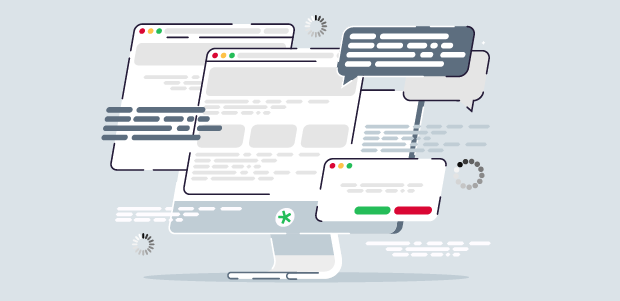Happy Safer Internet Day!

In case you're not aware, Safer Internet Day - which takes place on February 11 each year - was first designated back in 2004 by InSafe, a European network of Awareness Centers promoting safer and better usage of the internet. I’m not surprised it started in Europe. The European community has long been a leader in voicing concerns over the impact technology, especially the very open internet, has on privacy. This concern with protecting the average internet user from having their data captured and then used without their awareness and explicit consent helped give birth to The General Data Protection Regulation (GDPR). These guidelines - which technology companies struggle to implement and make mass marketing more difficult - are there to ensure that organizations do not collect more data than they need, and don’t share data without explicit consent from the person affected.
This concern with privacy and internet safety isn’t uniquely European of course. Safer Internet Day was officially recognized by the United States in 2012 and it has spread to all the corners of the globe. While the intent of this day is to teach and spread awareness, and it is typically celebrated in classrooms, this day should be part of every discussion that is happening in business boardrooms around the world. For the global business community, this day is more important now than ever before.
Costs of data breaches are rising
- 1 in 10 URLs are malicious
- Web attacks are up 56%
- Up until 2017, consumers were the hardest hit by ransomware, accounting for the majority of infections. In 2017, the balance tipped towards enterprises, with the majority of infections occurring in businesses.
- In 2018, enterprises accounted for 81 percent of all ransomware infections.
- Poorly secured cloud databases accounted for more than 70 million records stolen or leaked.
- The 2019 cost of a data breach is $3.92 million, on average; this translates to a loss of $150 per lost record.
- Loss of reputation and trust drove $1.42M of lost business, meaning 40% of the total cost of data breach was due to customer defection.
- Nearly one-third of data breach costs continued to affect a company beyond one year after the breach occurred.
Security issues of open digital communication
Words matter
Suggestions for staying safe
Improve content and personal data security:
Examine your communication practices for data leaks. SDL works with a variety of organization, many that have strict security protocols such as financial institutions and the government. There have been multiple cases where a communication audit reveals employees using open translation portals to help them translate what they received from colleagues and unknowingly putting what could be sensitive information into the public domain.
Create a “business-as-usual” approach to regulatory compliance:
A secure, GDPR-compliant translation management platform can dramatically reduce exposure to regulatory fines and lowered the administrative burden on IT and business teams.
Providing controlled access to content for employees and customers:
Streamline information flow and content findability by implementing a “single version of the truth” for knowledge workers, reducing search times and increasing employee productivity. Improve content flow with a “create one, use multiple times” approach that reduces the amount of duplication and minimizes the opportunity for data leaks.

